Ones to Watch
Ones to Watch; our annual exhibition for Yorkshire based creative students and 2019 graduates is back!
21st March onwards.
This year, we have selected 32 artists from across Yorkshire: Susan Leeson, Kate Buckley, Hollie Fuller, Lucy Kent, Sarah Larby, Steven Wood, Amelia Frances Wood, Liv Gravil, Millie Rothera, Aphra O’Connor, Erin Shields, Susan Daubney, Catherine Morgan, Bez Hall, Anna Davies, Olivia Tess Russell, Charlotte Cullen, Poppy Jones-Little, Chloe Henson, Bethany Chamberlain, Sophia Reeson, Lucy Clayton, Jade Connolly, Ruthie Reynolds, D’arcy Darilmaz, Nisa Khan, Megan Cowley, Julia Pomeroy, Katie Bennett-Rice, Jake Randell, Boo Everett, T’Shah Henry.
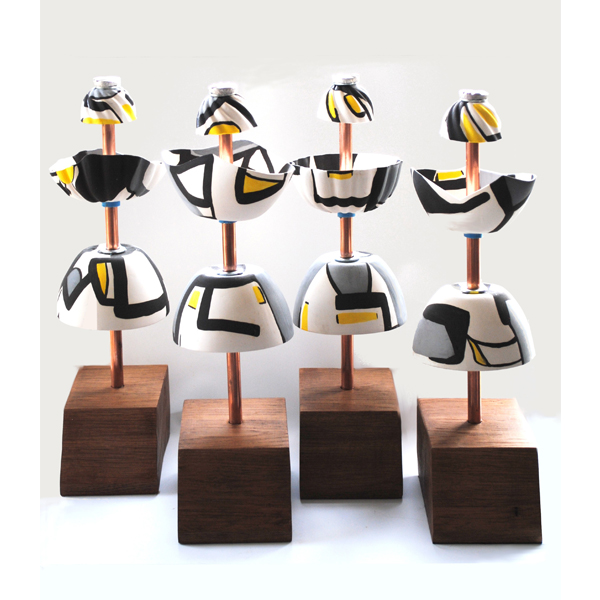
Aphra O'Connor
In assembling pattern and form Aphra O'Connor aims to create a dynamic equilibrium, bringing together 2d and 3d design. This balance is critical in allowing the amalgamation of sculptural forms and drawn patterns in a new dimension that is both flat and solid. O'Connor uses clay as a primary medium as it allows her to imitate and reshape everyday life, challenging the way we see and understand commonplace forms. The clay is then collaged with found metal and wood with the aim of creating a new way of experiencing ceramic sculpture.
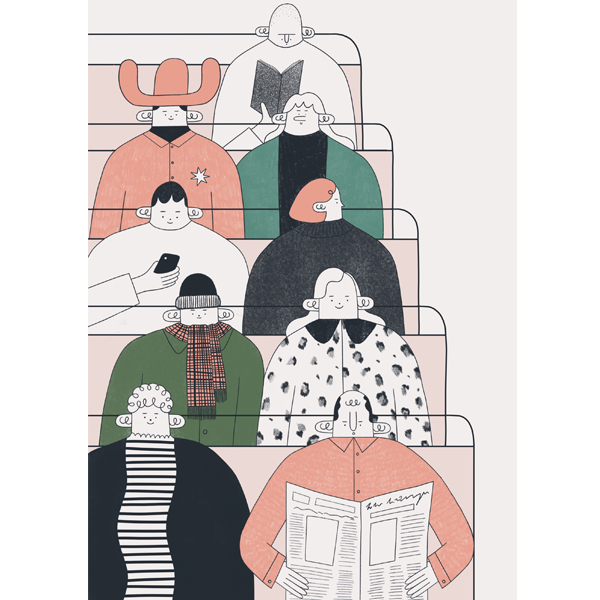
Hollie Fuller
Hollie Fuller is an illustrator and maker from Lincolnshire. She graduated from Leeds Arts University in 2019 with a First Class Honours degree in Illustration and moved back to her hometown where she works as a freelance illustrator from her bedroom studio. She is inspired by people and things and people doing things. Her illustrations are lighthearted and playful, often exploring the mundanities of real life and seeking positivity in the everyday.
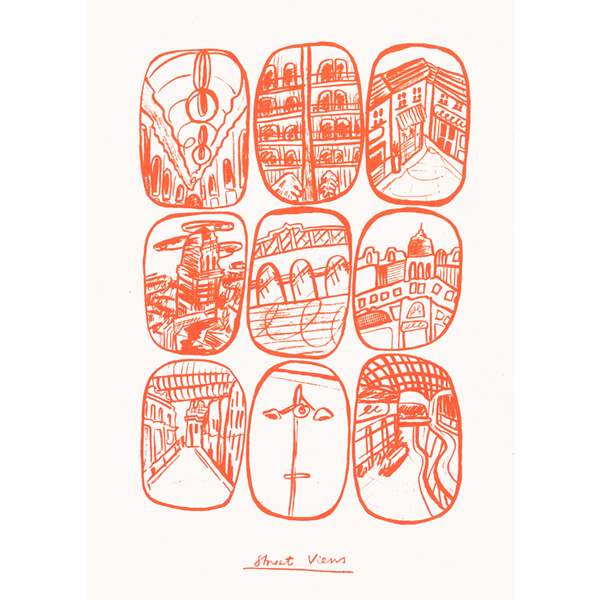
Chloe Henson
Chloe Henson is an Illustrative Surface Pattern Designer currently working towards a degree at Leeds Arts University. She loves illustration and is mad about drawing. She enjoys paper screen printing and often use the process to create final outcomes. Henson’s practice usually includes insights of city living and modern life.
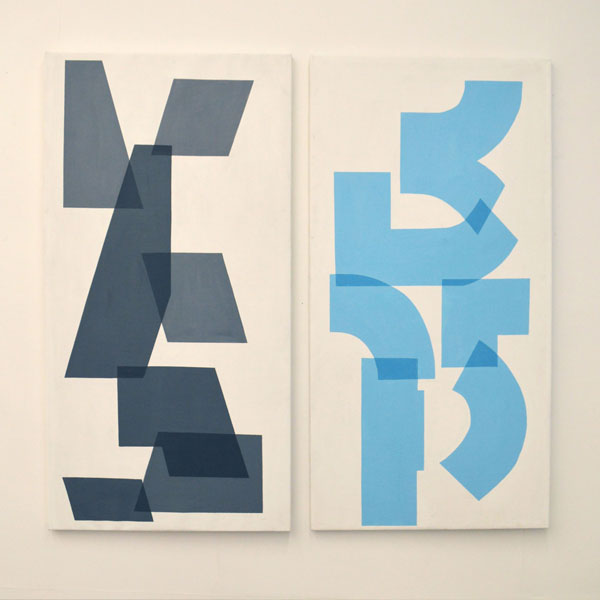
Catherine Morgan
For almost a year now Catherine Morgan has been considering what makes up a letter. Is it the form of the symbol itself, its curves, right angles and edges or is it the meaning, the knowledge one has around the letter? What do we understand when we look at a single letter, by itself, out of context? It is by taking the form of a letter and breaking it apart, more and more, to explore the structure of a letter and how one reacts to seeing them, a form we understand has meaning, separated, taken out of any context and examined.
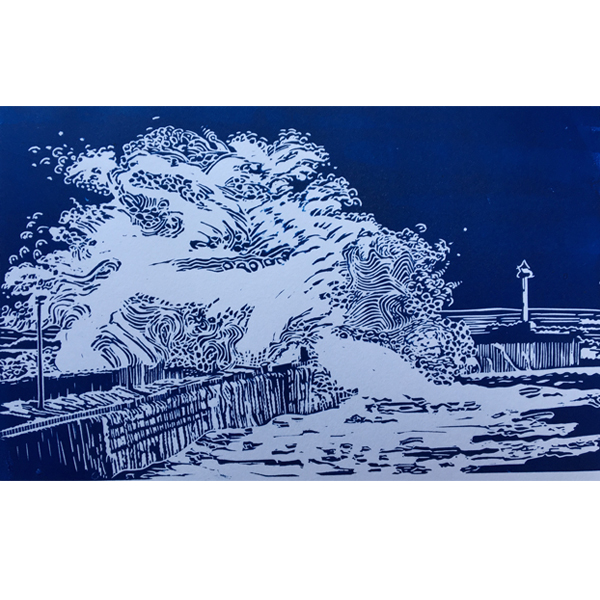
Susan Leeson
Susan Leeson is a member of the Hull Print Collective, working as a printmaker from her studio in Beverley, East Yorkshire. She employs hand-drawn and digital images to create linocut, etching, aquatint, and screen prints. Her work investigates the environment and environmental issues, themes explored through a series of linocut prints of the East Coast of Yorkshire.
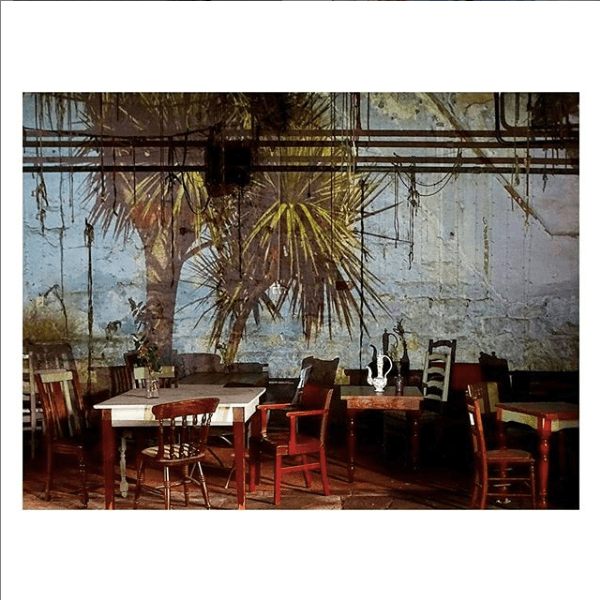
D'arcy Darilmaz
D’arcy graduated from the BA Fine Art (International) course at the University of Leeds in 2019. Most recently, her work has explored both digital and traditional memorialisation and physical monumentality, and the material culture surrounding these two areas. She has been thinking about themes of pilgrimage, spirituality and interaction with ‘sacred’ spaces, in the context of contemporary society. At the heart of D’arcy’s practice is an interest in people; their connections with one another and the surrounding world.
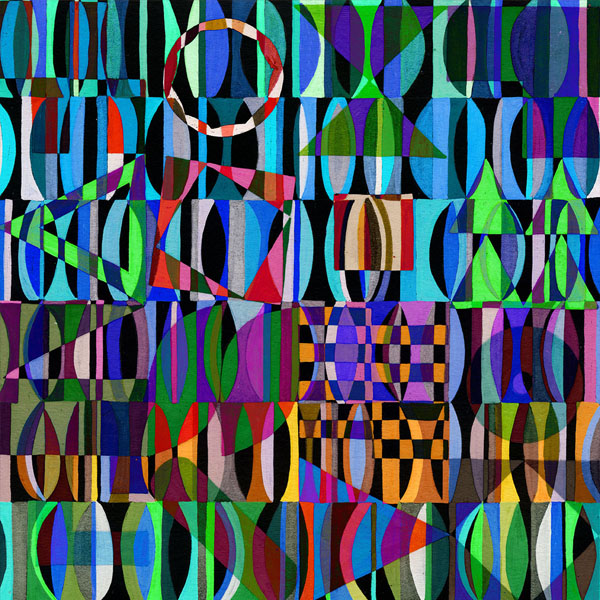
Susan Daubney
Susan Daubney’s practice is rooted in finding inspiration in the things encountered and experienced on a daily basis such as pattern, repetition and colour. Inspiration can come from anywhere, triggered by anything but the patterns, shapes and reliefs seen in architecture or the swirls and spirals in natural or organic objects are particularly beguiling to Daubney.

Anna Davies
Anna Davies’ practice is rooted in personal life experience and takes the form of an ongoing autobiography. In this sense, the work also exists as a record of highly personalised subjects and events. Each specific work explores a particular thought or burden she has existing as a woman growing up in the millennial generation. And responding to the shifting parameters of moral, sexual, ethical or gender-related codes of behaviour. Davies’ uses domestic sculptural objects in relation to domesticity and gender.
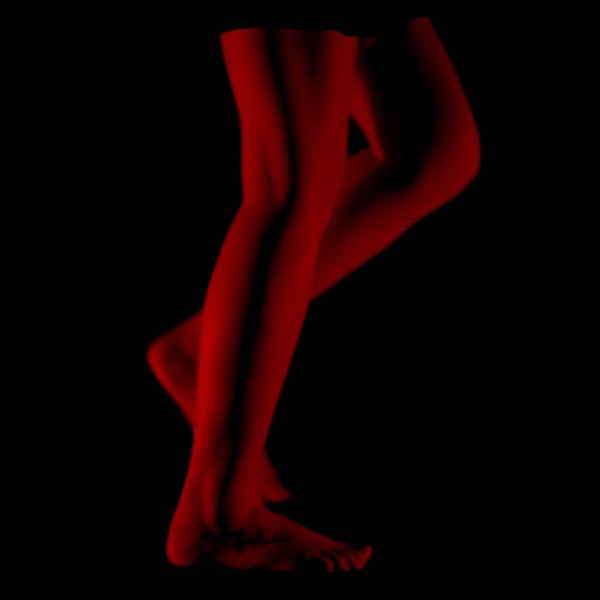
Bethany Chamblerlain
Bethany Chamberlain’s practice is led by the exploration of the philosophy of repetition and how this begins to transgress into the uncanny. Influenced by Gilles Deleuze and his ‘Difference and Repetition’, the artist questions temporality through film-making and installation. The materiality and theatrics of film inform her process, exploring classical imagery and hauntology.
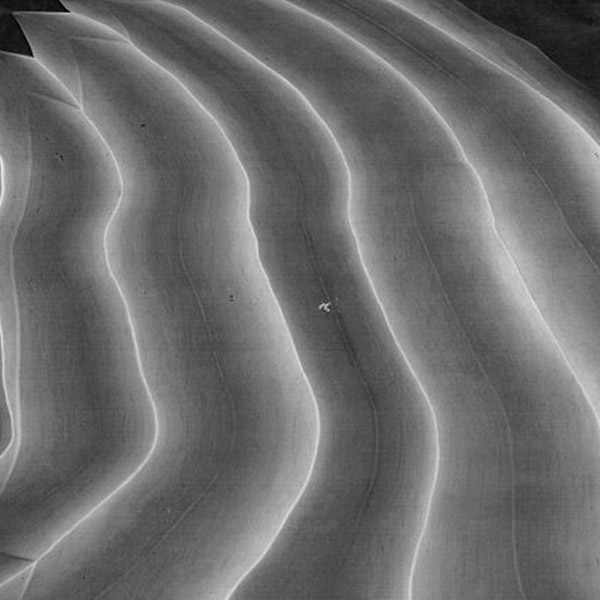
Bez Hall
Bez Hall is a printmaker, book binder, and experimental image maker interested in capturing the notion of chance. Their work is produced with a love for indulging in process, and often responds to lengthy periods of self-initiated research. Immediate and instinctive making is at the heart of their practical methodology, alongside making a deliberate space for play. Their aim for each picture that they make is that it echoes their hand and their voice, and they believe that they become most engaged when they are simply just feeling and thinking and making. Keen to engage with their personal history and identity, Bez’s work often revolves around themes such as sexuality, class, gender, community, and emotional expression.
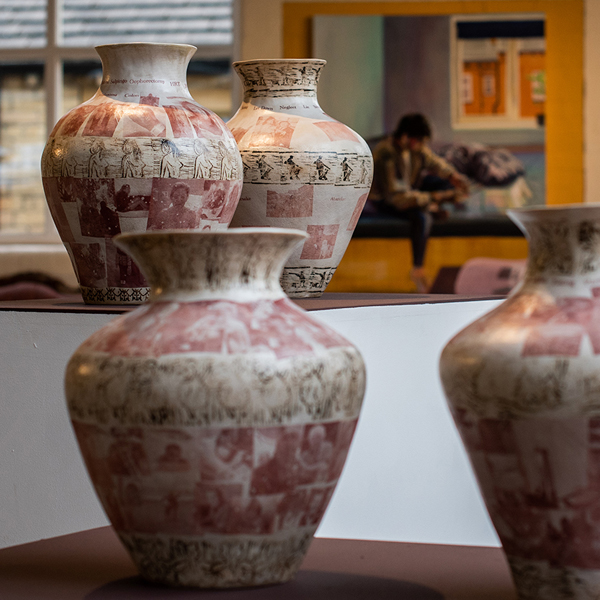
Boo Everett
Using stoneware clay, Boo Everett hand builds vessels based on the shapes of Greek urns. The inspiration comes from visiting ancient ceramics at the British Museum. Before the first firing, Everett places an object that is relevant to the narrative of the vessel inside. This burns away and becomes a secret part of the vessel. After firing, the vessel is glazed an off-white. This is a direct opposite to ancient urns that were mostly black in colour.

Charlotte Cullen
Artist and researcher Charlotte Cullen creates environments grounded in the land, working through sculpture, installation and text. Scavenged and ephemeral materials entwine with formal material enquiries in metal and clay. Site is enacted as geological space for excavation, symbiotic (un)learning, resistance and healing. Intergenerational trauma, sickness and the body are manifest as material, physical encounters.

Erin Shields
Erin Shields practice attempts to interrupt the linear performance of reading and looking, by investigating the linguistic form in its physicality and performativity within a space. It negotiates l’ecriture feminine, the idea of writing the feminine, through the associative power of language.

Jade Connolly
Jade Connolly is a contemporary artist who deals with the dynamics of interior space and is interested in the passages and traditional spaces within the home. The role of the viewer is central to her work, they are the witness, the observer. The work investigates psychological spaces and explores the meanings behind different rooms and transitional spaces.
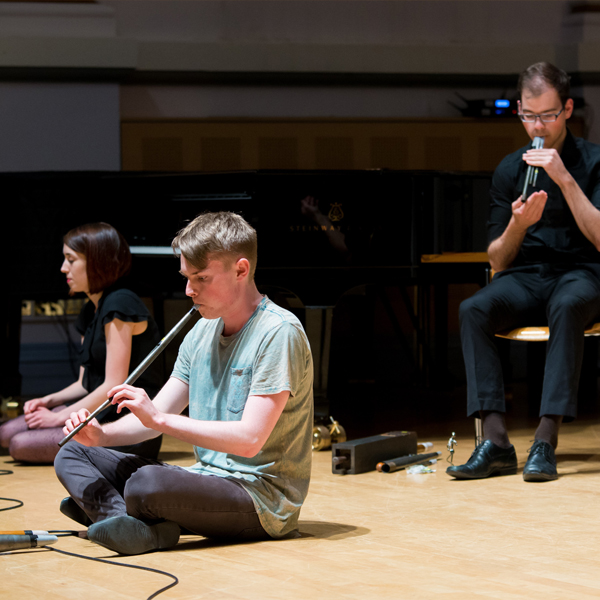
Jake Randell
Born in Whitby and based in Leeds, Jake Randell is a composer, free-improvisor and postgraduate researcher at the University of Leeds, exploring the compositional possibilities of a large collection of organ pipes that have been decoupled from the instrument. As many unserviceable pipe organs in churches and theatres are being dismantled and sold as scrap materials, his current practice considers ways of repurposing these materials to create music.
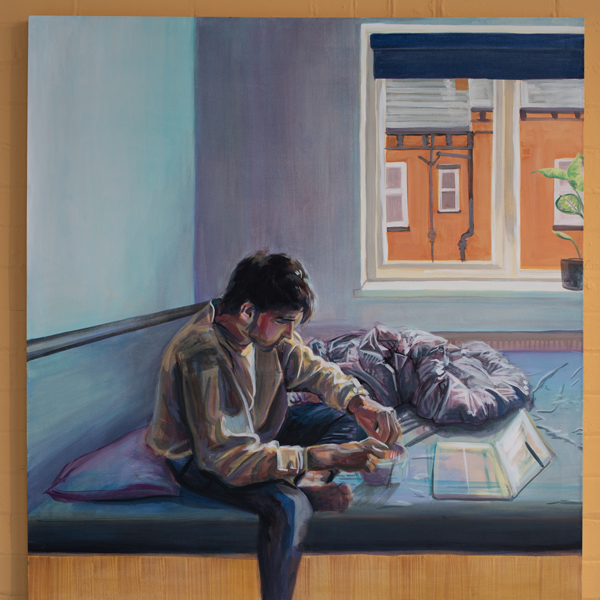
Julia Pomeroy
Julia Pomeroy is interested in transforming personal and seemingly ordinary everyday scenes into compelling depictions through large oil paintings. Fusing the immediacy of a snapshot with vibrancy of painting techniques. Through a very specific approach to colour and lighting, she magnifies the importance of these individual’s relationships with various spaces and consolidates fleeting moments made within them.

Kate Buckley
Kate Buckley is an artist whose work strives to capture the interplay of shadow and light and embrace the space between. She uses origami to create form through geometry and repetition and applies this blend of mathematics and sculpture to transform folded linen into patterns of light and shadow in porcelain and concrete.
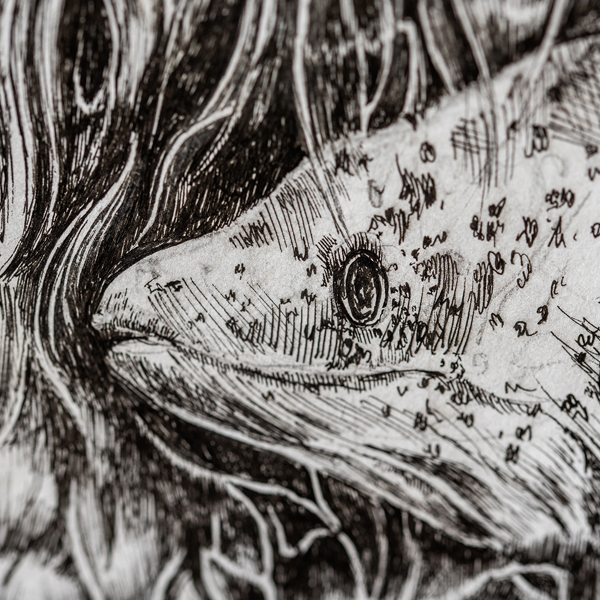
Katie Bennett Rice
Katie Bennett-Rice’s practice uses drawing to make sense and create some calm in the chaotic and hectic lifestyles we find ourselves in and explores the health benefits of being ‘in nature’ daily, from a sweeping landscape to a dandelion on a towpath. She’s interested in uncovering overlooked details, and hidden or submerged ecosystems, exposing the complexity of these environments by including as much information as possible, ‘making sense’ of a place through a contemplative and calming meditative process.
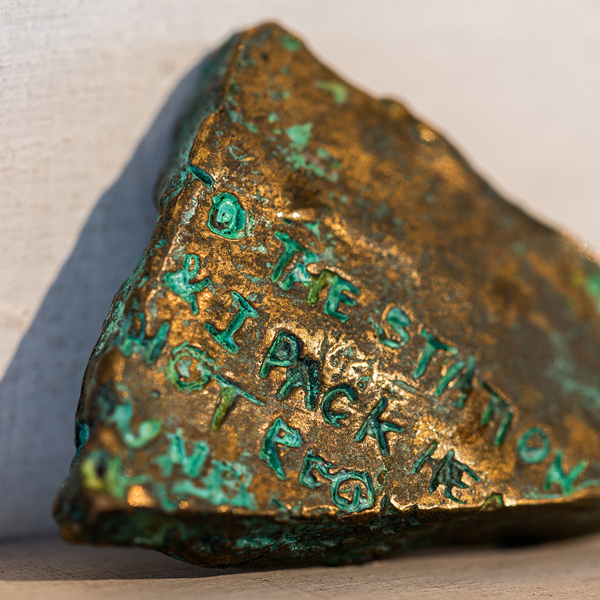
Liv Gravil
The challenge of portraying experiences that are intensely human - particularly loneliness, apprehension and melancholia - through a characteristically human-devoid language of landscape is a problem that has fuelled Liv Gravil’s practice for the past three years. Her current interest explores the darkness that makes up interstellar and subterranean landscapes and makes attempts to bridge the two.

Lucy Clayton
Through a process driven practice, Lucy Clayton explores the instabilities that surround the term “nature.” What is nature? What does it mean for something to be natural? In a society reliant on single use products, and in-disposable materials, to what extent is “nature” natural.
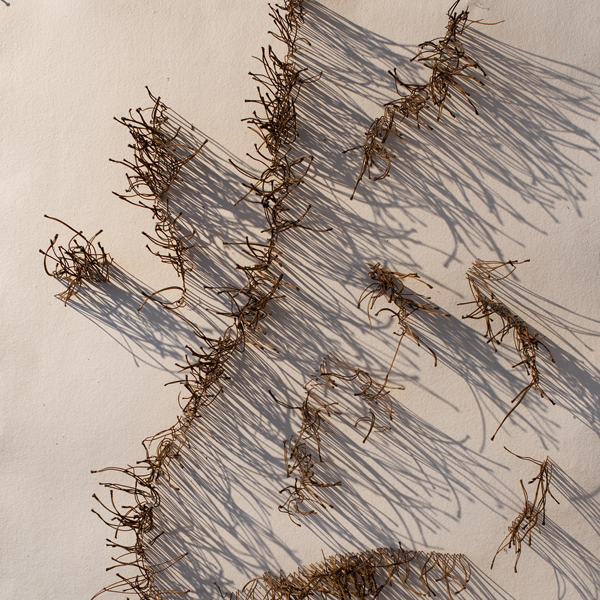
Lucy Kent
Lucy Kent is an artist/maker currently based in West Yorkshire. Her practice is heavily focused around the environment and influenced by Land art and the Arte Povera movement. Drawing is an essential part of her practice and underpins the making process. Working with predominantly found, natural and recycled materials, she consciously considers and limits her environmental impact in every element of her work.

Megan Cowley
Megan Cowley is a research-based designer who specialises in water jet and kiln formed glass. Cowley studies the use of binary and binary-like imagery to represent data. Binary can be a series of ON's and OFF's, 1's and 0's. This is the ultimate symbiosis of man and machine; the binary structure of life – the inspiration for the work. Binary form relates the most to the society of now, and of the future. Binary is an integral part of our lives, like the veins of a human, binary code runs through all technology.
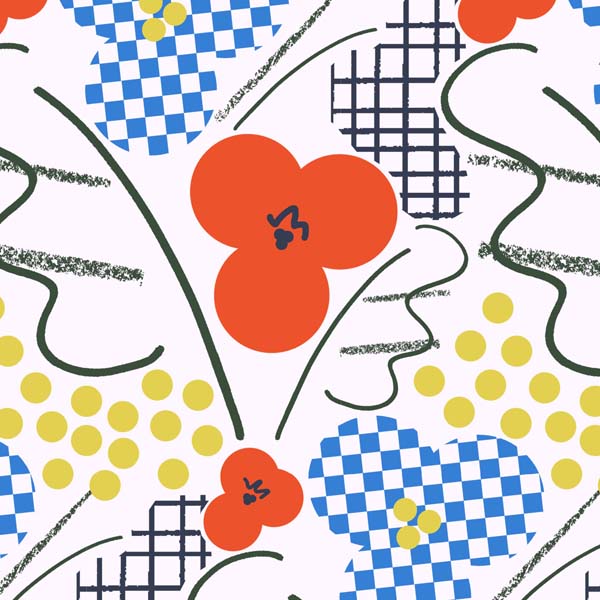
Millie Rothera
Millie Rothera is a print designer based in West Yorkshire, specialising in hand screen printed textiles. Throughout all her designs, whether they are inspired by modernist architecture, the idea of play within the home, or nature; her work is always colour focused and made to the highest quality using natural fabrics and hand screen printing techniques. Her products and fabrics are created with a story to tell, hand crafted and passionately produced, all within Yorkshire.
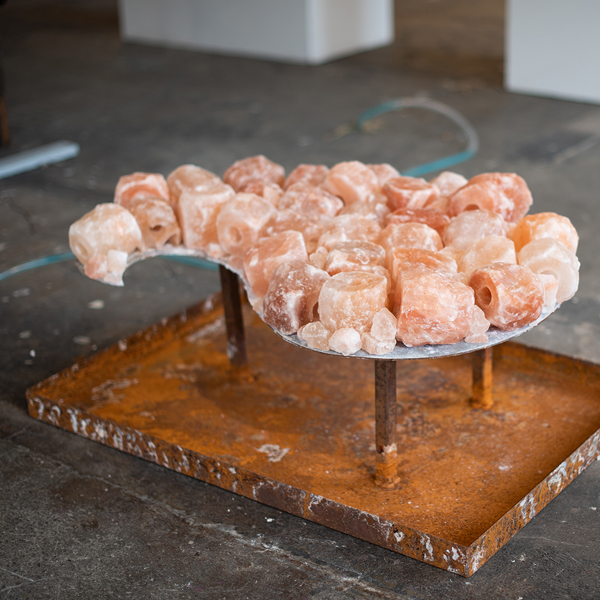
Nisa Khan
Nisa Khan’s multi-disciplinary practice stems from the artists British-Pakistani heritage, she investigates cultural theory by highlighting common misconceptions to discuss wider socio-political issues. Khan discusses complexities through culturally symbolic materials, motifs, languages and gestures whilst exploring personal historical and current experiences.

Olivia Russell
Olivia Russell is an artist currently studying at The University of Leeds. Olivia’s practice is varied, and works with spoken word, poetry, performance, print and digital media.
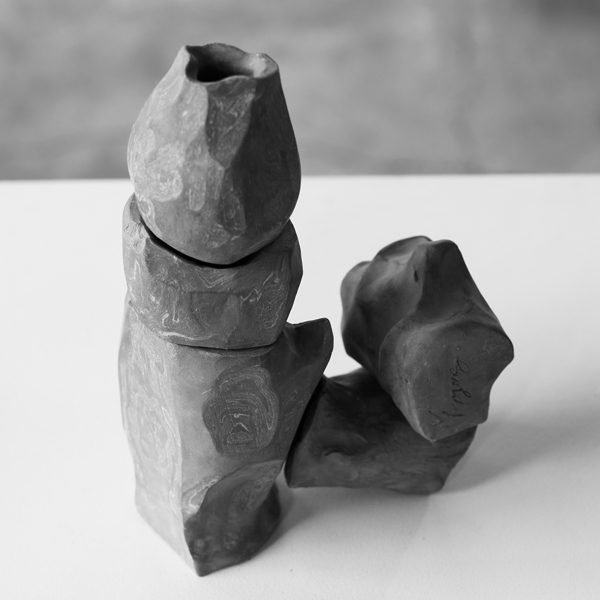
Poppy Jones Little
‘The lumps give up their lumphood, so to speak, before they can become the statue.’ In reading Theodore Scaltsas’ account of Aristotle’s Theory of Substratum I encountered the term ‘lumphood’; curiously, the text provides no further insight into this idea. Over the past four years Poppy Little-Jones has scoured various discourses and texts which also utilise the word ‘lump’. From Karl Marx’s lumpen proletariat to Virginia Woolf’s short stories, from parenting books to Biblical teachings, from Essentialism to Oncology, a ‘lump’ transcends disciplines and ultimately refuses clarification and classification.

Ruthie Reynolds
‘Off Kilter’, 2020 is a sculptural installation looking at disability from an autobiographical narrative and the interruption of chronic bodily pain due to Fibromyalgia, often described as an invisible disability. The concept of this body of work is informed by a physical representation and exploring the juxtaposition between comfort and discomfort and the materiality of pain.
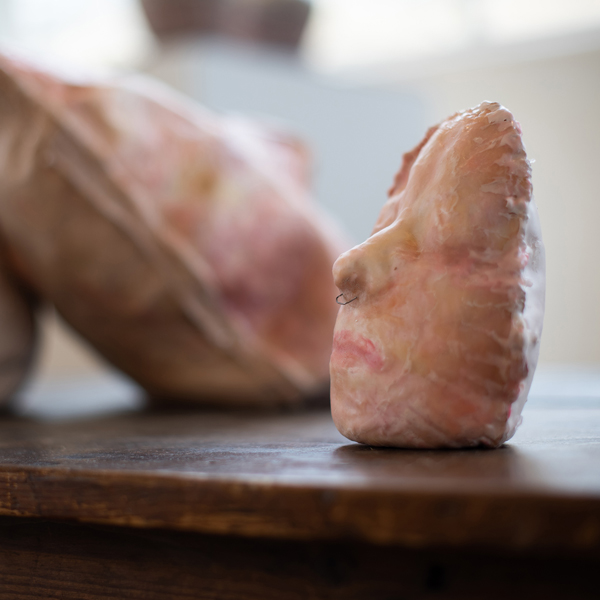
Sarah Larby
Sarah Larby’s current artistic practice explores the relationship between 2D and 3D form, experimenting with subverting the familiar. Each of the individual pieces has a relationship to the idea of the natural or a suggestion of the bodily, culminating in ambiguous forms that have been moulded under their own weight.

Sophia Reeson
Art Is Never Blind, is a collection of designed woven fabrics. Sophia Reeson was inspired to create interactive artwork, after developing a frustration with modern gallery exhibitions, where most artwork on display is unable to be experienced with anything but the eyes. This led her to consider who else’s lives this fact would impact: Those who are visually impaired or blind. She began to research this problem and consider ways how she, as a sighted individual and artist, could develop artwork that would begin to provide equity and a solution to the problem that the visual arts is largely inaccessible to people who are visually impaired or blind.

Steven Wood
Steven Wood is a mixed media artist, working in sculpture, film, clay, wire, foam steel, plaster and such to reflect the hidden nature of the materials. Wood is driven by a desire to unzip internal expression and creativity whilst feeding his addiction to art.
Each piece of Wood’s work represents his journey. He uses images that appear in his subconsciousness and relating to his emotions, feelings or an event. These images and influences found in research inspire Wood to produce 3D sculptures portraying a unique world for the viewer that often avoids direct links to reality.
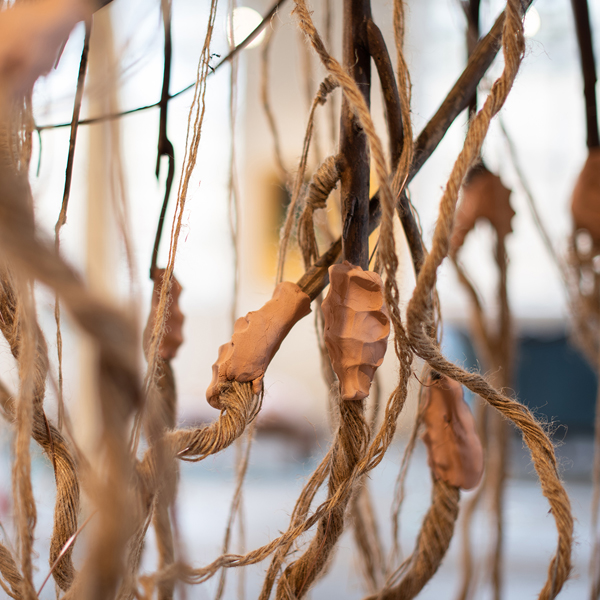
T'Shah Henry
Connections made through touch are central to their practice. Key concepts which accompany this include: the network, physical exchanges, and human’s relation to nature, with particular emphasis on the ground and what secrets are hidden beneath. T’Shah has become pronouncedly aware of the support that a network of people around you can offer and how physical connection with others is key for both mental health and the wellbeing of the planet.
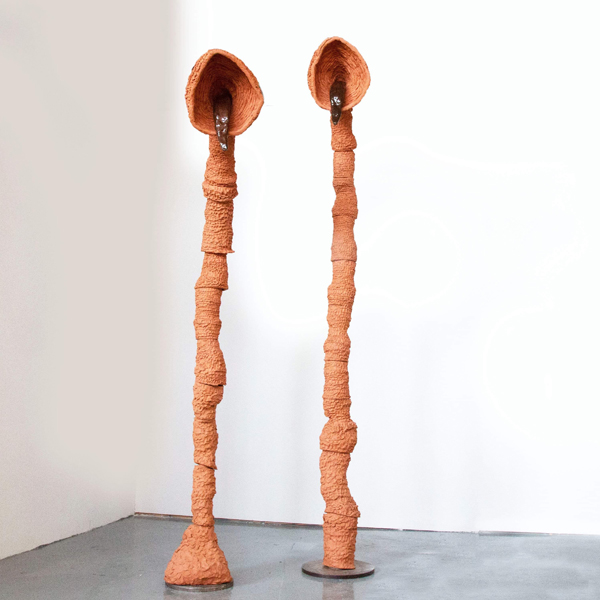
Amelia Wood
Amelia Wood is a multi-disciplinary artist, Wood’s practice spans across sculpture, drawing, textile, sound and performance to create a bricolage of installations. Her work is an exploration through different materials, manipulating matter to create strange and surreal artworks layered with references to the body, design, projections of the mind and merging the mundane.


![We celebrated International Women's Day in style last night with a sold out Sofar Sounds gig in the Gallery!
We heard sets from Katie Malco, Satnam Galsian & Philippa Zawe amongst the artwork of our 2024 Ones to Watch artists. 10/10 experience.
Sofar Sounds run secret intimate gigs across the UK. See their website for upcoming shows - we would highly recommend.
The Gallery is open as mnormal this weekend, so come along and see Ones to Watch for yourself. 10-4 Saturday & 12-4 on Sunday FREE ENTRY.
[Image 1 shows host Bonnie introducing the night to a seated crowd in the middle of the exhibition space in the Gallery. Image 2 shows musicians Phillipa and Satnam smiling together in front of a large painted tapestry by Kennedy Drake. The banner features a statuesque female figure with her arms in the air. Image 3 shows Katie performing to a smiling crowd playing an electric guitar. Image 4 shows Satnam perfoming into a microphone in the Gallery. Image 5 shows Phillipa performing to the crowd playing an acoustic guitar, illuminated by yellow fairy lights.]
#SunnyBankMills #Farsley #Leeds #SofarSounds #InternationalWomensDay](https://www.sunnybankmills.co.uk/wp-content/plugins/instagram-feed/img/placeholder.png)